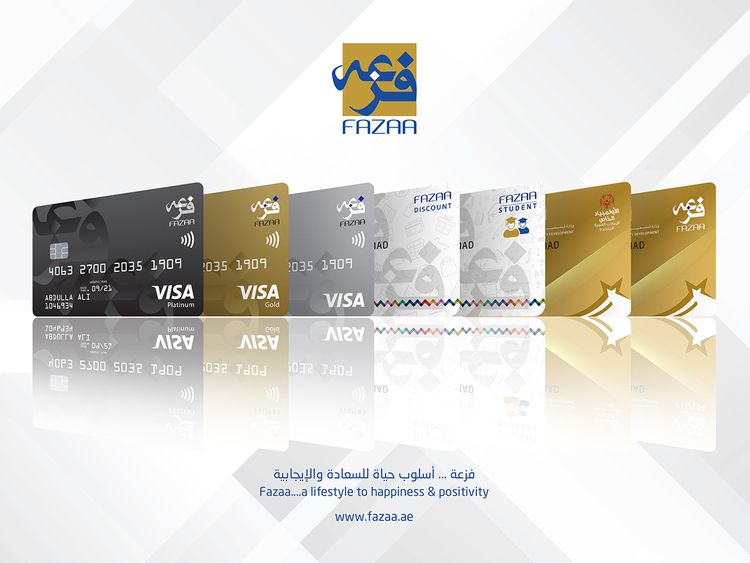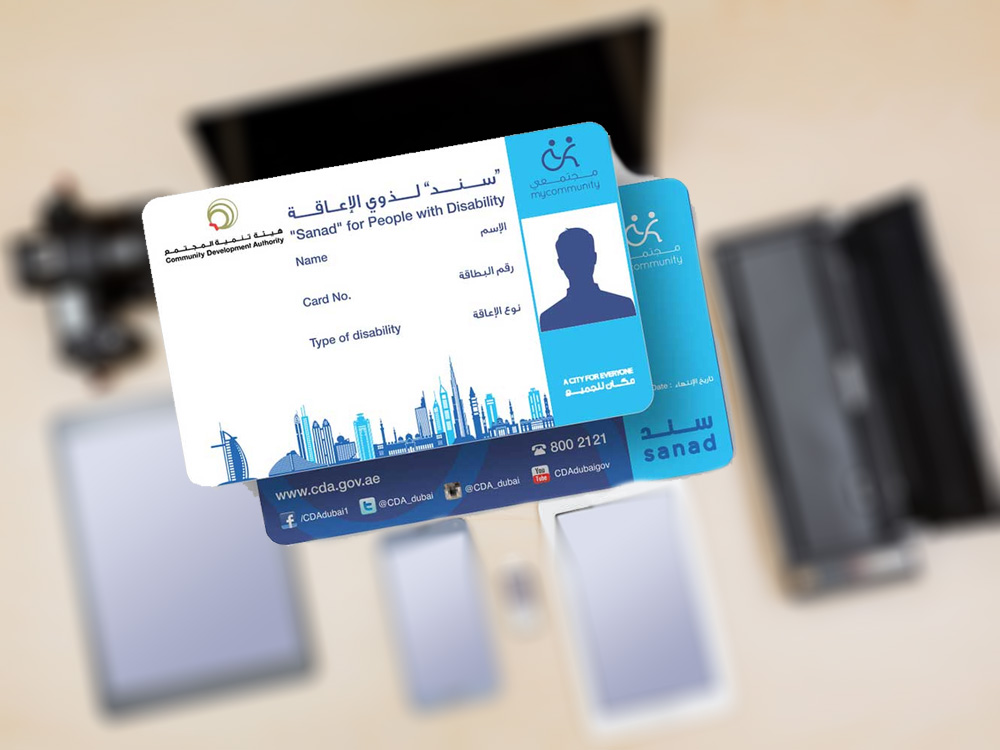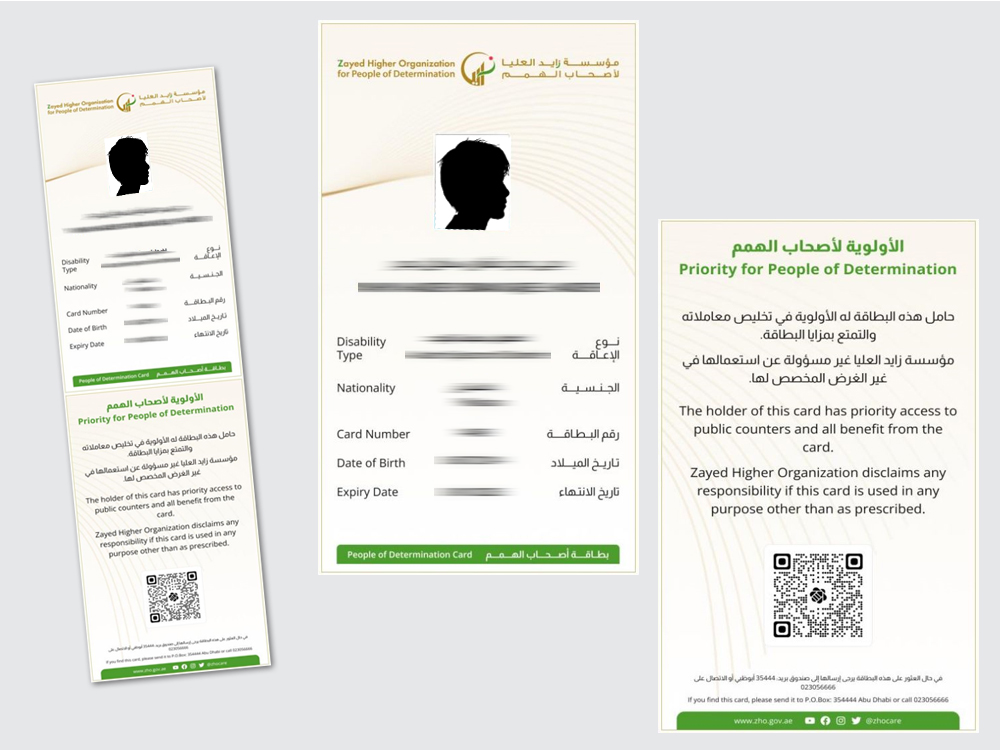Last updated 12-Feb-2025 03:02 PM
Treatments
 All parents want to do the best for their children. Choosing one or more treatment plan(s) that suit our children is of utmost importance. With advances in health care and well being sciences, new treatment options keep rising up every now and then.
All parents want to do the best for their children. Choosing one or more treatment plan(s) that suit our children is of utmost importance. With advances in health care and well being sciences, new treatment options keep rising up every now and then.
In this page, we have provided a summarized view of all treatment options so that you are aware of what you are doing and what else you could be doing for your kids.
| Treatment Name | General Guidance |
|---|---|
| Modern Medicine | |
| Stimulant Medications | Commonly prescribed for individuals with Attention Deficit Hyperactivity Disorder (ADHD) to improve focus, attention, and impulse control. |
| Nootropics (Smart Drug) | Nootropics, also known as "smart drugs" or cognitive enhancers, are supplements and medications that improve brain function, including memory, focus, and mental clarity. They are used to support cognitive performance in individuals with conditions like ADHD and autism, as well as for general brain health. |
| Antidepressants | Prescribed for individuals with mood disorders, anxiety, or depression. Includes selective serotonin reuptake inhibitors (SSRIs) or serotonin-norepinephrine reuptake inhibitors (SNRIs). |
| Antipsychotic Medications | Used to manage symptoms of psychosis, aggression, or irritability in individuals with certain mental health conditions, including autism spectrum disorder (ASD). |
| Mood Stabilizers | Prescribed for individuals with bipolar disorder or mood dysregulation. Includes lithium or certain anticonvulsant medications. |
| Antiepileptic Medications | Used to control seizures in individuals with epilepsy. Includes carbamazepine, phenytoin, and valproic acid. |
| Anxiolytics | Prescribed for individuals with anxiety disorders. Includes benzodiazepines or selective serotonin reuptake inhibitors (SSRIs). |
| Sleep Medications | Used to address sleep disturbances in individuals with special needs. Includes melatonin or sedative-hypnotics. |
| Medications for Tics | Prescribed for individuals with tic disorders, such as Tourette syndrome. Includes alpha-2 adrenergic agonists (e.g., clonidine) or antipsychotics. |
| Cholinesterase Inhibitors | Prescribed for individuals with cognitive impairment associated with conditions like Alzheimer's disease. Includes donepezil. |
| Selective Norepinephrine Reuptake Inhibitors (SNRIs) | Used to manage symptoms of ADHD and improve attention and impulse control. Includes atomoxetine. |
| Homeopathy | |
| Belladonna | Often used for children with sudden outbursts of anger, aggression, or restlessness. It helps calm down hyperactivity and fevers. |
| Calcarea Carbonica | Beneficial for children with developmental delays, including speech, and those who are slow to learn to walk or talk. It also helps kids who tend to feel overwhelmed easily. |
| Stramonium | Used for speech delays, particularly when children are fearful, aggressive, or experience night terrors. It helps ease anxiety and violent tendencies. |
| Tuberculinum | Frequently used for children with autism or ADHD symptoms, especially for those who are restless, irritable, and destructive. |
| Hyoscyamus Niger | Effective for children with ADHD, marked by hyperactivity, impulsiveness, and restlessness. It helps calm erratic and excitable behaviors. |
| Silicea | Supports children with speech delays and developmental issues. It strengthens the nervous system and is used for shy, timid children. |
| Baryta Carbonica | Used for developmental delays, including speech and cognitive function, particularly in shy and withdrawn children. |
| Tarentula Hispanica | Helps children with extreme hyperactivity, impulsiveness, and restlessness, often associated with ADHD. |
| Cina | Commonly used for sleep disorders and irritability in children. It can be effective for kids who are restless, particularly at night. |
| Carcinosin | Sometimes used for children with autism spectrum disorders, it helps address obsessive behaviors and anxiety. |
| Calcarea Phosphorica | Helps with speech delays and developmental issues. It supports children who are slow in learning to speak or have delayed milestones. |
| Agaricus | Recommended for children with focus issues, hyperactivity, and erratic behavior, often linked to ADHD symptoms. |
| Herbal | |
| Ginkgo Biloba | Believed to have antioxidant properties and may support cognitive function. Explored as a potential herbal remedy for memory and concentration. |
| Chamomile | Often used for its calming properties. May be used to alleviate anxiety and promote relaxation, commonly consumed as a tea. |
| Valerian Root | Sometimes used as a natural remedy for sleep disorders and anxiety. May have a calming effect. |
| Passionflower | Thought to have calming and sleep-inducing properties. Used as a remedy for anxiety and insomnia. |
| Melatonin | A hormone produced naturally by the body, available as a supplement. Sometimes used to address sleep disturbances. |
| Lavender | Known for its soothing aroma. Sometimes used in aromatherapy or essential oil form to promote relaxation and reduce stress. |
| St. John's Wort | Explored for its potential antidepressant properties. Can interact with certain medications; use should be discussed with healthcare professionals. |
| Omega-3 Fatty Acids | Not an herb, but sometimes considered for potential cognitive and mood benefits. Individual responses can vary. |
| Turmeric (Curcumin) | Contains curcumin with anti-inflammatory properties. Sometimes considered for conditions associated with inflammation, although more research is needed. |
| Bacopa Monnieri | Traditionally used in Ayurvedic medicine for cognitive support. Sometimes considered for memory and cognitive enhancement. |
| Traditional Therapies | |
| Occupational Therapy (OT) | Develops skills for everyday life activities, fine and gross motor skills, and sensory processing. |
| Physical Therapy (PT) | Improves mobility, strength, balance, and coordination. |
| Speech-Language Therapy (SLT) | Assists with communication and language skills, including speech articulation and social communication. |
| Behavioral Therapy (ABA) | Modifies behaviors through positive reinforcement, commonly used for individuals with autism. |
| Sensory Integration Therapy | Addresses sensory processing issues through stimulating or desensitizing activities. |
| Music Therapy | Uses music to address physical, emotional, cognitive, and social needs. |
| Play Therapy | Uses play as a means of communication and expression, particularly beneficial for children. |
| Social Skills Training | Focuses on developing appropriate social interactions and communication skills. |
| Equine-Assisted Therapy | Involves interactions with horses to achieve therapeutic goals. |
| Assistive Technology Therapy | Uses devices or tools to support individuals with disabilities in daily activities. |
| Counseling and Psychotherapy | Provides counseling to address emotional and behavioral challenges. |
| Neuroplasticity | |
| Anat Baniel Method (ABM) | Utilizes gentle, mindful movements to enhance the brain's ability to form new neural connections, improving motor and cognitive functions in individuals with neurological challenges. |
| Constraint-Induced Movement Therapy (CIMT) | Involves restricting the use of an unaffected limb to encourage the brain to reorganize and improve movement in the affected limb, often used after strokes or brain injuries. |
| Neurofeedback | Uses real-time monitoring of brainwave activity to help individuals regulate their brain function, promoting neuroplastic changes that can improve conditions like ADHD, anxiety, and PTSD. |
| Cognitive Behavioral Therapy (CBT) | A psychotherapy approach that helps individuals change negative thought patterns, fostering neuroplastic changes that improve mental health conditions such as depression and anxiety. |
| Mindfulness-Based Stress Reduction (MBSR) | Combines mindfulness meditation and yoga to reduce stress and enhance emotional regulation, encouraging neuroplasticity for better mental and emotional health. |
| Functional Electrical Stimulation (FES) | Involves electrical stimulation of muscles to retrain motor functions and promote brain plasticity, often used in rehabilitation after spinal cord injuries or strokes. |
| NeuroMovement | A method involving slow, purposeful movements to stimulate the brain's ability to reorganize itself and improve physical and cognitive functioning, similar to ABM. |
| Transcranial Magnetic Stimulation (TMS) | A non-invasive technique that uses magnetic fields to stimulate nerve cells in the brain, promoting neuroplasticity and improving conditions like depression and stroke recovery. |
| Physical Therapy and Occupational Therapy | Utilize repetitive, task-specific exercises that promote brain plasticity by encouraging the brain to relearn and form new pathways for motor function and cognitive tasks. |
| Music Therapy | Engages different areas of the brain through rhythm and sound, promoting neuroplastic changes that improve cognitive function, motor skills, and emotional regulation. |
| Reflex Integration | |
| Rhythmic Movement Training (RMT) | Focused on rhythmic and repetitive movements to stimulate the nervous system and integrate primitive reflexes. Used to address motor and sensory challenges. |
| Neurofeedback | Uses real-time monitoring of brainwave activity to help individuals regulate their brain function, promoting neuroplastic changes that can improve conditions like ADHD, anxiety, and PTSD. |
| Masgutova Neurosensorimotor Reflex Integration (MNRI) | Developed by Dr. Svetlana Masgutova, MNRI involves specific exercises and movements to address challenges related to reflexes and motor coordination. |
| Bal-A-Vis-X (Balance/Auditory/Visual eXercises) | Uses a combination of balance, auditory, and visual exercises involving beanbags and racquetballs to improve sensory integration and reflex patterns. |
| Brain Gym® | Consists of a series of simple movements, exercises, and activities designed to stimulate the brain and promote better integration of reflexes. Used in educational and therapeutic settings. |
| Brain Balance® | The Brain Balance method is a non-medical program for children with learning and behavioral disorders. It strengthens brain hemisphere connections through exercises, dietary guidance, and behavioral coaching to address ADHD, autism, and similar conditions. |
| Handle for Life | A holistic therapy approach that includes reflex integration exercises, sensory processing activities, and nutritional interventions to address a range of challenges. |
| Integrated Listening Systems (iLs) | Combines listening to modified music with movement and cognitive tasks to enhance focus, sensory processing, and motor skills. It's used for ADHD, autism, speech delays, and sensory processing disorders. |
| Therapeutic Listening | Incorporates specially modified music to address sensory processing challenges, including some components related to reflex integration. |
| The INPP Method (Institute for Neuro-Physiological Psychology) | Focuses on the integration of primitive reflexes to improve motor coordination, attention, and learning abilities. |
| Samonas Sound Therapy | Involves sound frequencies to stimulate the auditory system, with the aim of promoting reflex integration and overall well-being. |
| Quantum Reflex Integration (QRI) | Includes specific techniques and exercises to stimulate reflexes and promote integration, with a focus on addressing challenges related to learning, behavior, and sensory processing. |
| Listening Programs | |
| Integrated Listening Systems (iLs) | Combines listening to modified music with movement and cognitive tasks to enhance focus, sensory processing, and motor skills. It's used for ADHD, autism, speech delays, and sensory processing disorders. |
| Safe and Sound Protocol (SSP) | A five-day auditory intervention designed to reduce stress and improve social engagement. It's particularly effective for individuals with autism, anxiety, ADHD, and trauma. |
| Forbrain® | A bone conduction headset that amplifies the user's voice to enhance speech, memory, and attention. It's useful for individuals with ADHD, autism, speech delays, and learning disabilities. |
| Tomatis | A sound therapy method that helps improve communication, language, and social interaction. It is commonly used for individuals with ADHD, autism, speech delay, and auditory processing issues. |
| Soundsory | A multisensory program that combines rhythmic music with movement exercises to improve motor and cognitive skills. It is designed for individuals with ADHD, autism, speech delays, and developmental coordination disorders. |
| The Listening Program (TLP) | A music-based auditory therapy designed to improve brain function, attention, and auditory processing. It supports individuals with ADHD, autism, speech delay, and other learning challenges. |
| Berard Auditory Integration Training (AIT) | This program uses modulated music to retrain the auditory system, improving listening and processing. It is used for ADHD, autism, speech delay, and behavioral issues. |
| Fast ForWord® | A computer-based program that strengthens language, reading, and auditory processing skills. It is effective for ADHD, autism, speech delay, dyslexia, and other learning difficulties. |
| Therapeautic Listening | A sensory integration program that uses altered music to improve auditory processing and self-regulation. It benefits those with ADHD, autism, speech delay, and sensory challenges. |
| Biomedical | |
| Medication Management | Prescription of medications by healthcare professionals for conditions such as ADHD, anxiety, or behavioral challenges. |
| Nutritional and Dietary Interventions | Dietary changes and nutritional supplements, such as gluten-free or casein-free diets and omega-3 fatty acids, tailored to specific needs. |
| Gastrointestinal (GI) Treatments | Interventions addressing gastrointestinal issues, including probiotics, digestive enzymes, and dietary modifications. |
| Immune System Support | Supplements or medications to support the immune system, especially relevant in conditions with immune dysfunction. |
| Chelation Therapy | Use of chelating agents to remove heavy metals from the body. Controversial and debated within the medical community. |
| Hyperbaric Oxygen Therapy (HBOT) | Breathing pure oxygen in a pressurized room or chamber, explored as a complementary therapy for certain neurological conditions. |
| Biofeedback and Neurofeedback | Training individuals to control physiological processes like heart rate or brainwave patterns for conditions like ADHD or anxiety. |
| Spiritual | |
| Mindfulness and Meditation | Cultivating present-moment awareness and relaxation through meditation techniques adapted to individual needs. |
| Yoga for Special Needs | Adapted yoga practices focusing on gentle movements, breathing exercises, and relaxation for physical, emotional, and spiritual benefits. |
| Art and Music Therapy | Engaging in creative expressions like art and music as a non-verbal way to communicate and connect with emotions. |
| Reiki | Involves the laying on of hands to channel energy and promote relaxation. Some individuals find it helpful for stress reduction and relaxation. |
| Therapeutic Touch | Similar to Reiki, involves the practitioner using their hands to assess and balance the individual's energy field. Used for relaxation and pain management. |
| Healing Touch | Biofield therapy involving gentle touch or non-touch techniques to influence the energy field around the body. Used to promote relaxation and support natural healing processes. |
| Acupuncture | An ancient Chinese practice involving inserting thin needles into specific points on the body. Some individuals find it helpful for pain management, relaxation, and improved energy flow. |
| Aromatherapy | Uses essential oils to promote physical and emotional well-being. Can be used through inhalation or topical application. |
| Massage Therapy | Manipulation of the soft tissues of the body. Adapted for individuals with special needs to address muscle tension, promote relaxation, and improve circulation. |
| Craniosacral Therapy | Gentle manipulation of the skull and spine to enhance the flow of cerebrospinal fluid. Used for stress reduction and improved well-being. |
| Music Therapy | Uses music to address physical, emotional, cognitive, and social needs. Can be adapted for individuals with special needs to enhance relaxation and communication. |
| Guided Imagery | Uses visualization techniques to create a mental image that promotes relaxation and well-being. Used as a relaxation tool. |
| Sound Therapy | Uses sound vibrations for healing. Can include instruments like singing bowls, tuning forks, or recorded sounds. |
| Religious - Islamic | |
| Ruqya | Ruqya involves the recitation of verses from the Quran and specific supplications (duas) for the purpose of seeking protection and healing from spiritual afflictions, including evil eye, black magic, and other supernatural problems. |
| Adhkar / Duas | Adhkar is the remembrance of Allah through various prescribed phrases, supplications, and actions. |
| Others | |
| Nemechek Protocol | It primarily focuses on addressing autonomic dysfunction, inflammation, and overall well-being. |
| Nature Therapy | Spending time in nature for spiritual exploration, peace, and connection through activities like nature walks or gardening. |
| Animal-Assisted Therapy | Interactions with animals, providing comfort and companionship, contributing to spiritual and emotional well-being. |
| Energy Healing Modalities | Exploring practices like Reiki or Healing Touch to promote balance and well-being on a spiritual level (with caution and consultation). |
| Sacred Spaces | Creating or visiting spaces conducive to quiet reflection and meditation as a spiritual sanctuary. |
. . .
Comments (0)
Your email address will not be published. Required fields are marked *


